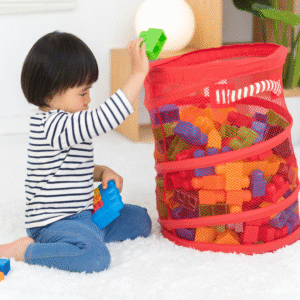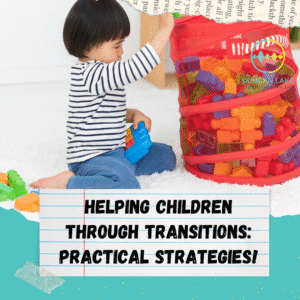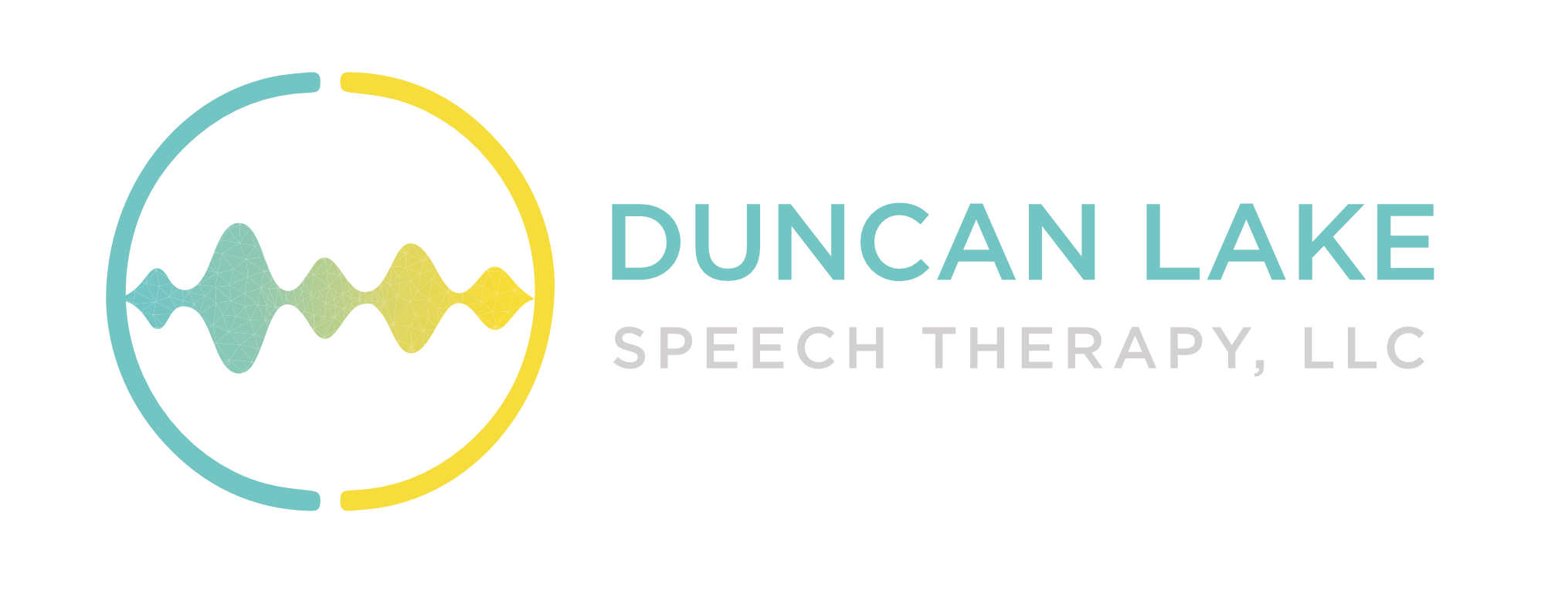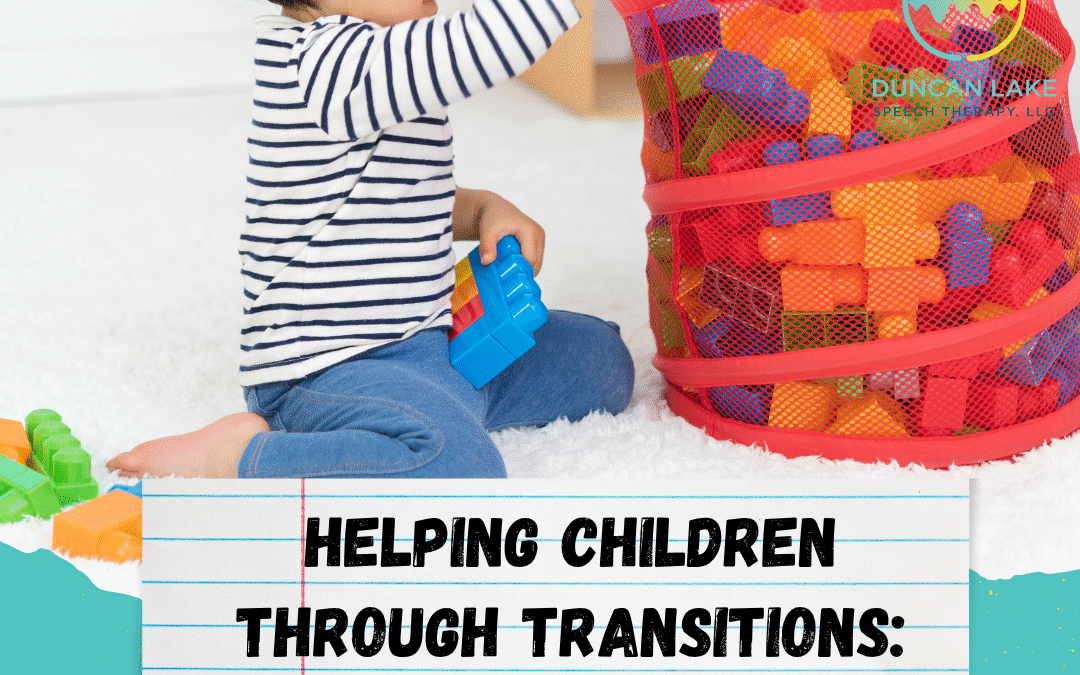by Tamiko Teshima, M.A., CCC-SLP
Practice Owner & Speech-Language Pathologist
Duncan Lake Speech Therapy, LLC
Change is a normal part of life, but for children, it can feel like a really big deal. Even something small, like cleaning up toys or getting ready for bed, can bring out some big feelings. If you’ve ever watched your child melt down when it’s time to leave the playground, you know exactly what we mean. It’s not about being “difficult.” It’s about a developing brain trying to handle something unpredictable.
At Duncan Lake Speech Therapy, we see this all the time (so parents, please stop beating yourselves up about this!). Let’s talk about what transitions really are, why they’re tricky, and how to help your child move through them more smoothly.

What are transitions?
A transition is just a change from one thing to another. It could be big, like starting school or welcoming a new sibling, or small, like turning off the iPad or putting on shoes.
These moments ask children to stop what they’re doing, shift their attention, manage their feelings, and move into something new. That’s a lot of steps! For kids who are still building skills in emotional regulation, flexibility, or communication, those moments can feel overwhelming.
Why does this feel so hard?
Children thrive on predictability. I mean, so do adults! It helps them feel safe. When that predictability changes, their brains and bodies need time to catch up.
Sometimes we see resistance, tears, or total shutdowns. It’s easy to label these reactions as “behavioral,” but often, they’re a sign of stress. Transitions ask for skills that some kids are still developing such as understanding what’s happening, managing emotions, and shifting focus from one task to another. This can make transitions SO. HARD.
Language makes a difference
When kids can understand what’s coming and express how they feel about it, change gets easier.
Using clear language, such as “In five minutes, we’ll clean up,” or visuals, like a picture schedule or timer, can make transitions more predictable. Helping kids name feelings (i.e. “You’re mad we have to leave the park and that’s okay.”) builds emotional vocabulary and gives them tools to self-regulate next time.
How to support your child through transitions
Here are a few things that can help:
- Preview what’s next. Give your child a heads-up before switching activities. Transitions are easier when kids have time to prepare. Social stories can be great for this. We have a model of one on our website that we made to help kids coming into the clinic. Ok yes, it’s old…but you get the point.
- Use visuals. Visual schedules, first/then boards, and timers help kids see what’s coming.
- Name feelings. When you notice your child’s emotions, label them. “You were really having fun. It’s hard to stop!”
- Stay calm and consistent. Your calm presence helps your child borrow your regulation. Deep breaths help both of you.
- Practice little changes. If a big transition (like a move or a new school) is coming, build in smaller changes ahead of time so your child can get used to flexibility in small doses.
When to Get Extra Support
If transitions regularly lead to tears, refusals, or meltdowns, you don’t have to navigate it alone.
At DLST, our pediatric mental health clinician works to help kids build confidence, communication skills, and coping strategies for change. We focus on helping the whole child, supporting both the language and emotional pieces that make transitions tough.
Change is never easy, but with the right tools, kids can learn to handle it in ways that help them feel safe, capable, and understood!



Recent Comments